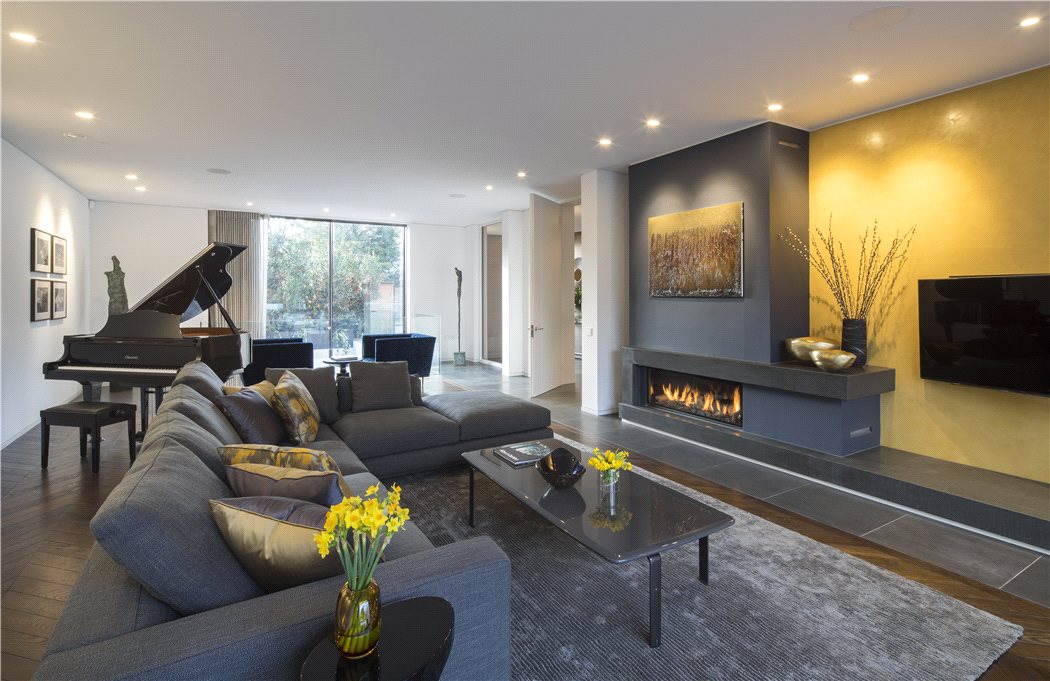Prices
The prime central London sales market is moving towards recovery mode, although there is no consistent pattern across different areas and price bands.
Heightened price scrutiny on the part of buyers over the last 18 months has meant vendors have had to set asking prices based on true value rather than historic hope in order to trade.
Average prices were flat in the three months to November, the Knight Frank index showed, which marks the end of a run of quarterly price declines that began in April 2016.
Prices were down -2.2% on the year, the most modest rate of decline since August 2016, in a further sign that the annual falls seen since the middle of last year are bottoming out.
The data suggests that this has happened more in higher price brackets, which are now seeing prices recover at a faster pace than the rest of the market.
Average prices for homes worth between £5 and £10 million were 0.4% higher this November than a year ago, the first annual growth since late 2015. Meanwhile, average values for £10m+ homes were -2.1% on the year, a more modest rate of decline than the -3.1% fall for homes worth between £1m and £2m
As the below chart shows, the percentage of deals above £2 million compared to the whole market has grown over the last year, according to LonRes data. This is the price bracket where sales volumes were impacted to a greater extent by stamp duty changes.

The latest Knight Frank forecast suggests the trend for the market to bottom out will continue, underlined by supply and demand indicators (see below). While we expect broadly flat pricing in the near-term, evidence of an orderly transition period could see some pent-up demand released from 2019 following the relative hiatus in the market. For the full report, please visit the research library.
Sales volumes
Sales volumes in the six months to November were up 10% on the same period last year, LonRes data shows, as the market continues to recover from lows seen in the middle of last year. Liquidity has been materially impacted by higher rates of stamp duty and we don’t expect sales volumes to improve in a meaningful way until the market adjusts fully to higher transaction costs.
Supply and demand
There has been a cautious re-emergence of buyers in the market. There was a 2.8% rise in the number of new prospective buyers registering between January and October 2017 compared to the same period last year, while viewing levels were up 8%. While demand is rising, the level of new stock coming to the market has declined, which supports our pricing forecasts.
The number of new listings above £2 million in prime central London between January and October 2017 was down by about 17% compared to the same period in 2016, Rightmove data shows.











